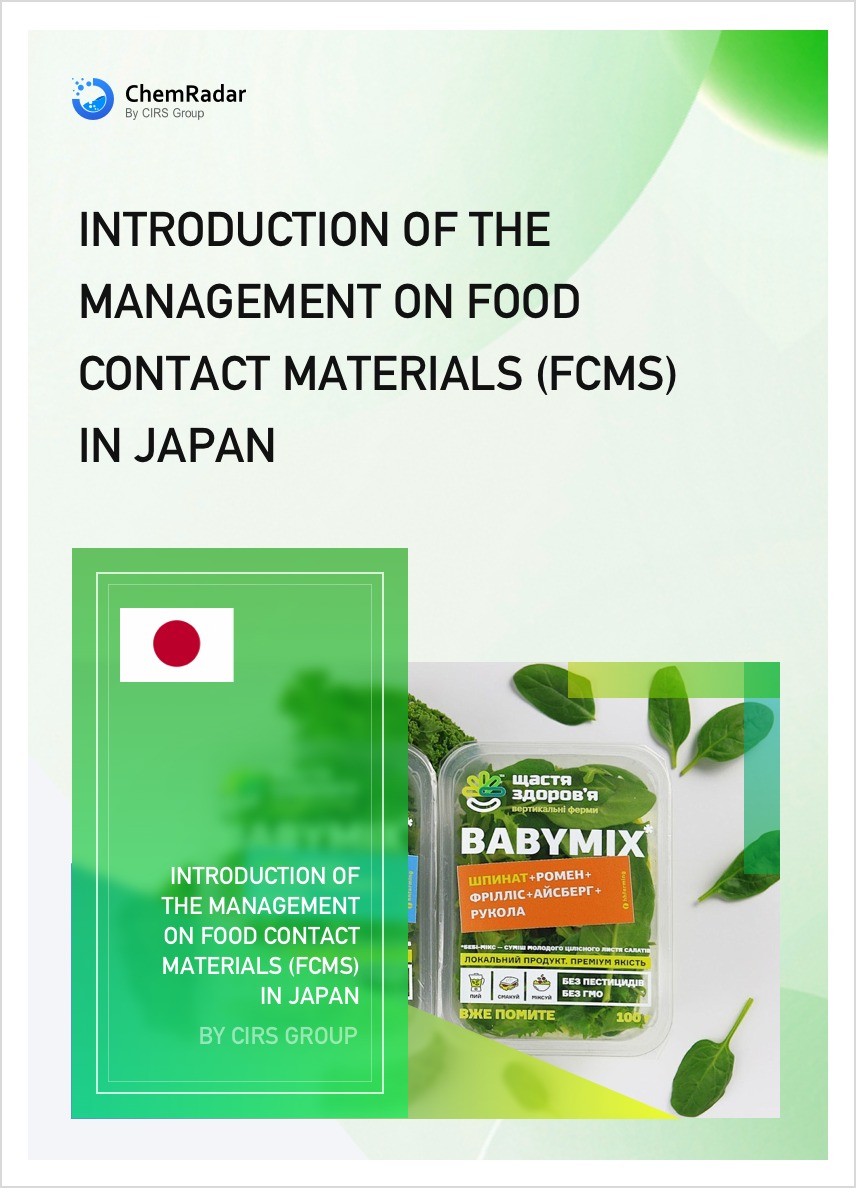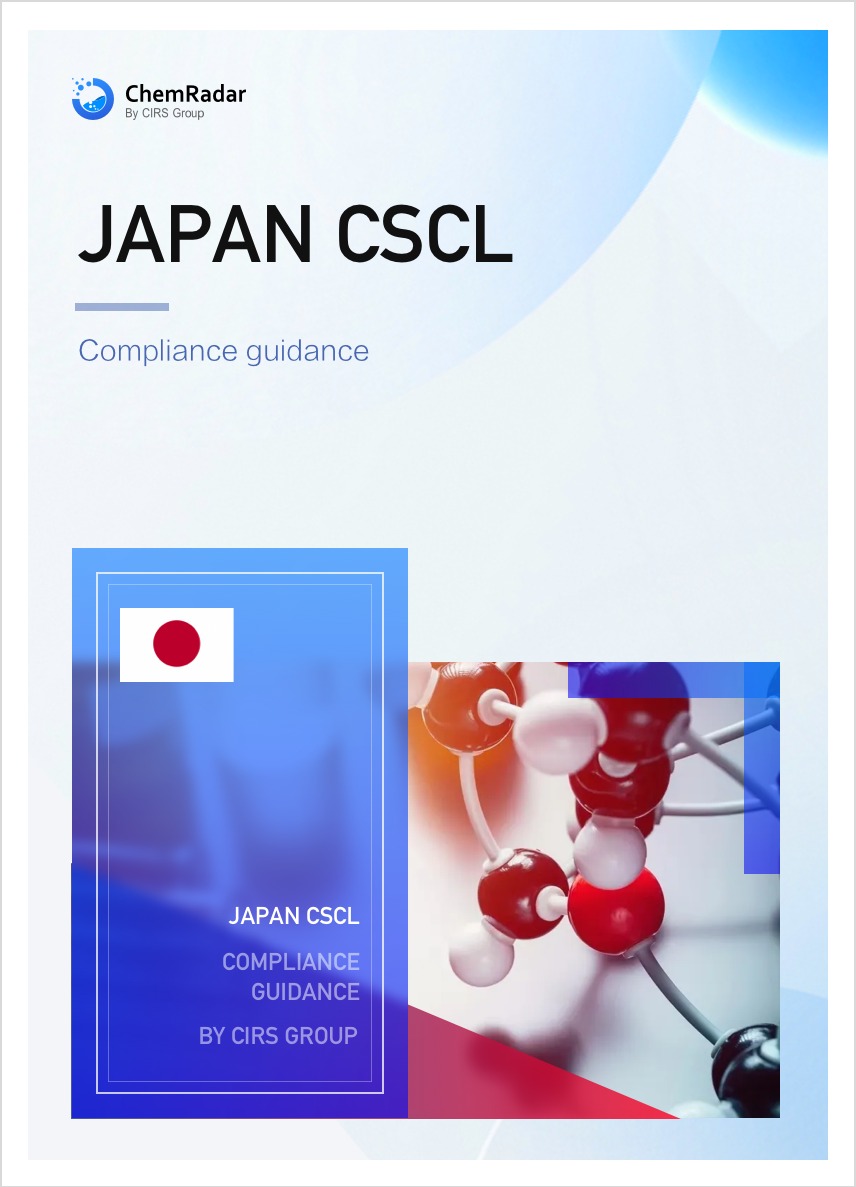Recently, Japan’s Ministry of Health, Labour and Welfare (MHLW), Ministry of Economy, Trade and Industry (METI), and Ministry of the Environment (MOE) jointly published the FY2024 GHS Recommended Classification List on the National Institute of Technology and Evaluation (NITE) website. This list provides critical reference for enterprises managing chemical risks.
This update revises classification information for 186 substances based on the Chemical Substances Control Law (CSCL) and Industrial Safety and Health Act (ISHA). Among them, 43 substances are newly classified, while 143 existing substances have revised classifications. The list details substance names, CAS numbers, and evaluation results across three hazard categories: physicochemical hazards, health hazards, and environmental hazards. Japan implements an annual update mechanism to enhance human health and environmental protection during chemical circulation and use by providing unified guidance for preparing chemical labels and Safety Data Sheets (SDS).
Voluntary Application with Enterprise Responsibility
- Non-mandatory reference: The Japanese government explicitly emphasizes that the classification results in this list are for voluntary reference only. Enterprises may freely cite or copy list content when creating GHS labels or SDS, but this is not legally required.
- Enterprise decision-making autonomy: Based on other scientific data or test results they possess, enterprises have the right to adopt classification results different from the recommended list in their labels or SDS.
- Final accountability: Regardless of whether the recommended list is adopted, enterprises must bear responsibility for the accuracy and compliance of their label and SDS information.
GHS Standard Classification and Recommended Classification
- GHS Standard Classification: This is the core framework of the UN Globally Harmonized System of Classification and Labelling of Chemicals, which has legal force in Japan. It specifies criteria for identifying and classifying chemical hazards, along with unified formats and content for labels and SDS. It is a mandatory international rule.
- Japan’s Recommended Classification: This list is a localized implementation guideline developed by the Japanese government to address specific domestic chemical safety management needs. While adhering to GHS international standards, it often provides more detailed and targeted classification recommendations and information to flexibly adapt to Japan’s market realities (e.g., special provisions may exist for chemicals exclusively produced or used in Japan). It is non-binding in nature but serves as a highly valuable reference in practice.
Japan’s chemical safety management system operates through parallel mechanisms of GHS Standard Classification and Recommended Classification, ensuring alignment with international norms while accommodating domestic industrial and regulatory needs. This approach grants regulatory flexibility and practicality while clarifying enterprises’ primary responsibility in information application. Enterprises must fully understand the distinctions and connections between both systems to ensure compliance.
Further Information


